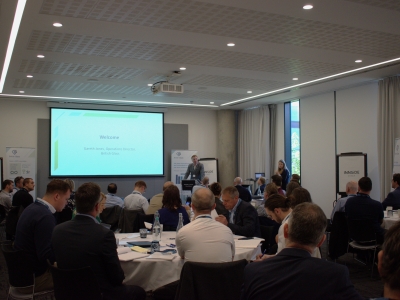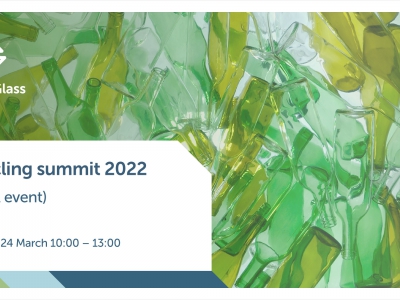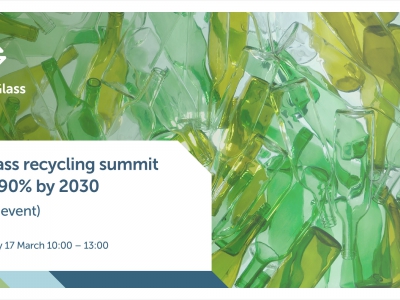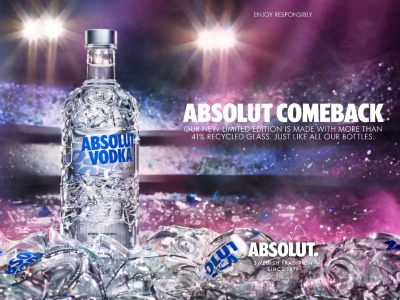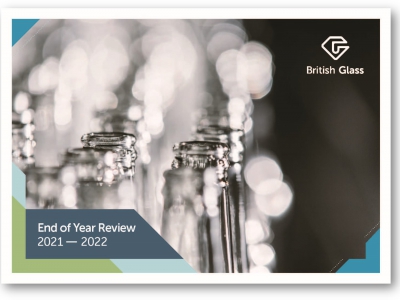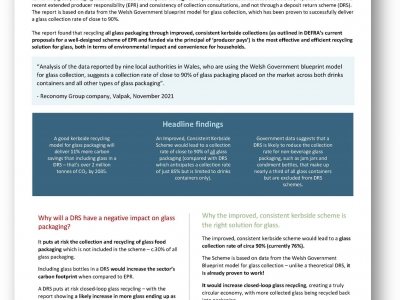Glass is one of the most sustainable materials on earth. It is 100% recyclable and can be re-melted endlessly without ever reducing its quality. The UK glass sector has an excellent recycling record of 74.2%, one of the highest rates of any packaging material.
Despite this high rate, at British Glass we know more can be done, which is why we have set out our ambition to achieve a 90% collection rate by 2030.
To support this ambition, we have launched the #RecycleItRight campaign which calls on the UK Government to exclude glass bottles from a damaging Deposit Return Scheme, which would have a number of negative effects on consumers, the environment, and the wider glass sector upon which over 120,000 jobs depend.
We believe that the best way to improve glass recycling is through Extended Producer Responsibility (EPR) which will lead to more investment in recycling infrastructure across the UK, improving collection rates for glass and creating a truly circular economy.
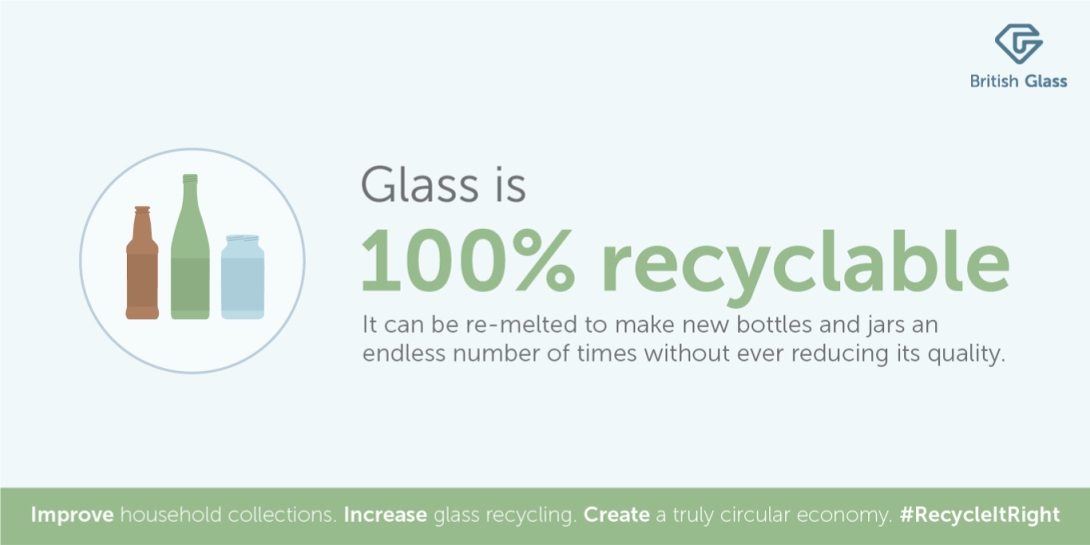
The collection of infographics can be viewed in the PDF below
Including glass in DRS has negative consequences
- It will increase the carbon footprint of the glass industry – glass production actually uses far less CO₂ when re-melting recycled glass than by using raw materials; a saving of 580kg per tonne of re-melted glass. A DRS may achieve its aim of improving the sustainability of other packaging materials, but not for glass.
- It will actually increase plastic consumption – International evidence from countries such as Croatia, Germany and Finland shows that including glass in a DRS causes a reduction in sales of glass bottles alongside a surge in single use PET containers. In Finland when PET was introduced into the DRS in 2008, the quantity of PET increased from around 50 million units in 2007 to 375 million units in 2017.
- It will negatively impact retailers – A recent Oakdene Hollins report found that a DRS including glass will also lead to significant additional costs for retailers - £252 million, as opposed to £203 million should the scheme exclude glass.
- It will put at risk kerbside glass recycling – diverting 70% of all glass packaging away from kerbside through a DRS puts at risk the viability of continued kerbside and bottle bank collections of glass; in turn meaning 30% of glass food packaging, which is mainly clear glass, could potentially end up in landfill.
- It might lead to more glass leaving ‘closed loop’ recycling – DEFRA’s consultation on the design of a DRS does not contain a remelt target for glass. This will mean that more glass could be ‘recycled’ as aggregate, meaning glass recyclate
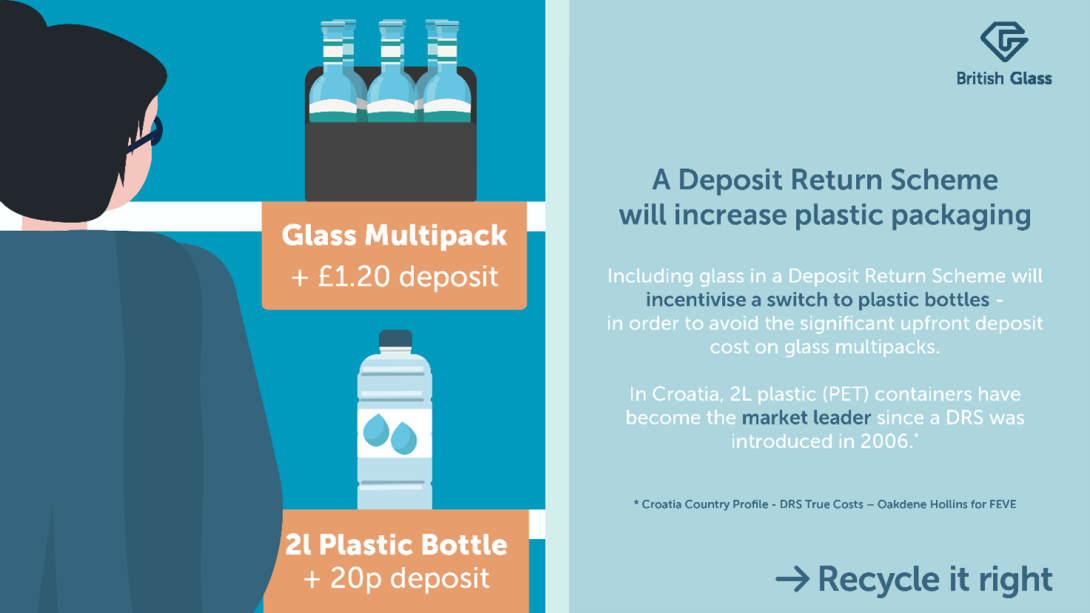
The Solution: EPR
We already have a system in place to deliver high quantity and quality of recycled glass, and it is at our doorsteps. A new expanded Extended Producer Responsibility scheme can put in place the right measures to increase the quality and quantity of recycling for the long-term and create a truly circular economy.
It is vital that glass recycling remains at our kerbsides and bottle banks, where we already have an effective system that the public understands. This allows for a better quantity and quality of recycled glass to be collected from a single glass collection system.
What do we want from EPR?
- Remelt targets: A DRS will not be regulated to ensure that the current remelt target is maintained and exceeded in future years – however, a remelt target is necessary to protect closed loop recycling. EPR must legislate for a remelt target to drive glass recycling and associated carbon savings.
- Household glass to be collected through EPR: Consistent household collections working with EPR is ideal for collecting glass that will be recycled back into new packaging. Collecting glass via reverse vending machines (used in a DRS) will result in glass being broken at the collection point and possibly unfit for remelt. To maximise remelt, it is essential that all glass from households is collected kerbside.
- A commitment to the circular economy: Care should be taken to ensure that all permanent materials, like glass, are recovered and remanufactured. A system that subordinates a permanent material like glass to materials – including plastic - that are not 100% recyclable is sacrificing circularity for expediency.
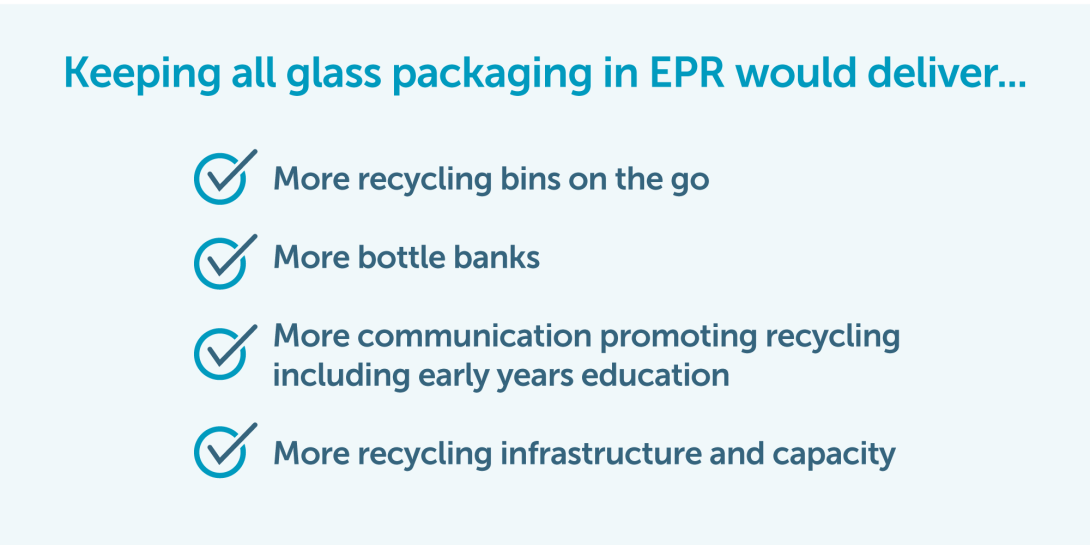
Wales: Recycling it right
Wales has been consistently ahead of the rest of the UK when it comes to recycling rates, with the third highest household recycling rate in the world.
In Wales, the capture rate of glass collected in kerbside recycling is 87.3%, the highest of any widely recyclable material.
The Welsh Government has set a target for Wales to become a zero-waste nation by 2050. The example of Wales is proof that a national culture of recycling can lead to significant increases in recycling at the kerbside, which is achievable throughout the rest of the UK if the right model is adopted.
Event report – Getting glass recycling right for the future
Recycling it right briefings
